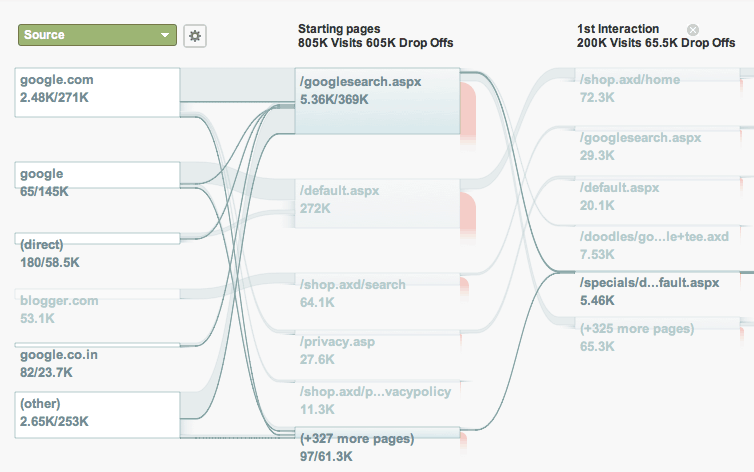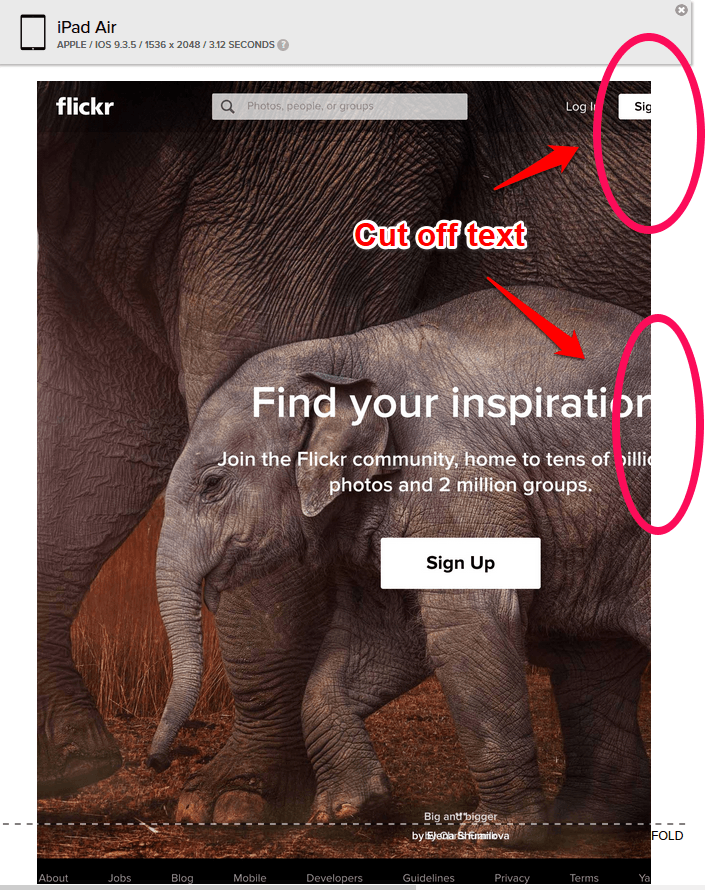It’s the moment of truth. It’s where your e-commerce experts’ predictions are proven true or else … or else they were wrong and it’s time to pivot, time to look seriously at your hired help, to moan and whine, go back to the drawing board or whatever is your preferred business strategy. Yes, I’m talking about converting prospects into paying customers and eventually loyal brand sustainers. And I’m talking conversion rate optimization.
Conversion rate is the critical lever to ensuring your business is accelerating its revenue in relationship to spend. It’s a magical multiplier that by a small bump up can elevate profits impressively.
Consider this example offered by VentureBeat’s Stewart Rogers: Suppose your customers have an average lifetime value of $1,000. You boost your conversion rate from a 0.7% rate to 1.4%, which secures an additional 200 customers per year. That pushes up your annual revenue by a whopping $200,000 – all with a very limited spend on mobile site improvements. What a great ROI from conversion rate optimization.
But we live in a data rich and highly competitive world, and the sad truth is that conversions rates are achieved in the single digits. Yes, it hurts my head, knowing the US has miserly rate of 3.73% on desktops and the truly pitiful 1.14% rate on mobile.
True, mobile is critical to all steps of the customer journey — from initial awareness and education onto the final sale — but elevating your conversion rate is a critical business priority that will ensure your company grows fat on the profits generated. Sure I’ve discussed some of the industry best practices on elevating your CRO here and here. That’s why in this post I want to outline three of the less common but effective techniques you can deploy for mobile conversion rate optimization.
1. Align & Segment Traffic for Maximum Conversion Rate Optimization
Visitors may be flocking to your mobile website, but here’s the hard question: Is it the right kind of traffic? Moreover, is your website’s messaging aligned with the expectations of that traffic?
One of your first steps toward CRO must be to drill into the traits of your visitors and create a profile of those segments that convert. Here are three sets of questions to guide your investigations, courtesy of MarketResearch:
- Where do your converted visitors come from? Do they arrive from a specific advertisement or search engine? What’s their search term?
- What sources seem to drive the most interest in your website (referring URLs and acquisition strategies – DM, PPC, SEO, affiliates)?
- How do converted visitors enter the website? What is their landing page?
In investigating this website traffic, one of the best tactics for maximizing your results is to segment your visitors. Google Flow can help you visualize who is coming from where and can further dissect their subsequent actions. Moreover, segmenting by key demographics can help you determine what traffic offers the best opportunities.

Bounce rate too is a very powerful metric for understanding the actions of incoming traffic. The fast departure of visitors – as measured by bounce rate – (instead of their exploration of subsequent pages of your site) can highlight any misalignments between your traffic’s expectations and the messaging on your website.
Perhaps the content is performing poorly and not satisfying visitors. But is the problem the content or the visitors? Are the sources directing traffic to your site bringing the wrong sort of visitors? Are you targeting the wrong keywords or using the wrong marketing channels? On the other hand, your website could be failing to fulfill the promise of your ad copy or simply presenting information poorly. Your site needs to clearly and persuasively guide your visitor to the next desired action, otherwise known as an effective call to action.
Once you’ve segmented, classified and assessed the potential business value of your visitors, you can correct your website and your advertising tactics to attract those most likely to convert, while cutting spending on those less likely to become paying customers.
2. Fast Fixes to an Unhappy Mobile UX
57% of website visitors arrive on mobile, according to BrightStar. Smartphones are practically obligatory for modern living and are becoming ever more ingrained in our daily routines. No wonder we can’t bear to be separated from our phones for more than a few minutes. Yet 80% of the reasons users cite for not buying products on mobile, according to comScore, are related
to poor visual user experience.
Simply stated: a satisfactory user experience on mobile is critical to conversion rate optimization and improved business results in the near and distant future.
You need to know exactly what kind of mobile UX you are delivering. You need fast insight into the minor and major visual glitches that may occur on your site on the superabundance of mobile devices available.
That’s why I recommend an online mobile lab, such as our Mobilizer, for easy side-by-side inspection of your web pages on an array of iPhones and Androids. No tech expertise is necessary to quickly gain a hands-on feel for your user’s mobile experience.

Spot a truckload of errors that inhibit shoppers from completing their journey to a purchase:
- Illegible or overlapping text
- Distorted layout or weird blank spaces
- Cut-off images
- Inconsistent fonts and colors
- Missing videos and images
- Critical info and CTAs falling below the fold line
- Or some other UX nightmare …
3. Never Let Them Go! Convert Abandoned Carts with Email
Suppose the worst has happened – a customer has filled the shopping cart, but got cold feet and fled your site. This is not the time for tears or despair. This is a time for action!
Your team needs to have a strategy in place to reach out to those ripe prospects. You need an automated email to contact those customers, while they are still motivated, while they still have fresh interest in your merchandise or services. Offer them an incentive, such as a discount on precisely the products they already imagined possessing and using.
Follow up emails is a proven strategy that delivers! Media shower reports that automated emails sent after a cart has been abandoned are opened an impressive 46.6% of the time, with links in the email clicked on 28.7%. All this leads to a sales conversion rate of 5% on those emails.
Moral of the story: don’t give up! Send emails (and more than one) to your prospects who have journeyed so far down the pathway to a sale.
Mobile CRO offers a marked expansion in revenue and a certain ROI. It’s a fast-growing science that is continually experimenting with new techniques and expanding its knowledge base of best practices. But as you roll out improvements to your mobile website and test them in A/B trials, don’t ignore some of the more uncommon and unusual techniques that can deliver a powerful conversion rate optimization and much needed revenue.
Top photo courtesy of Flickr and Jason Howie
- Mobilizer Public Access Discontinued - January 8, 2019
- Improve Mobile Conversion Rates with Email Remarketing - December 12, 2018
- We Recommend: mCRO with Monetate Test and Segment™ - August 27, 2018
